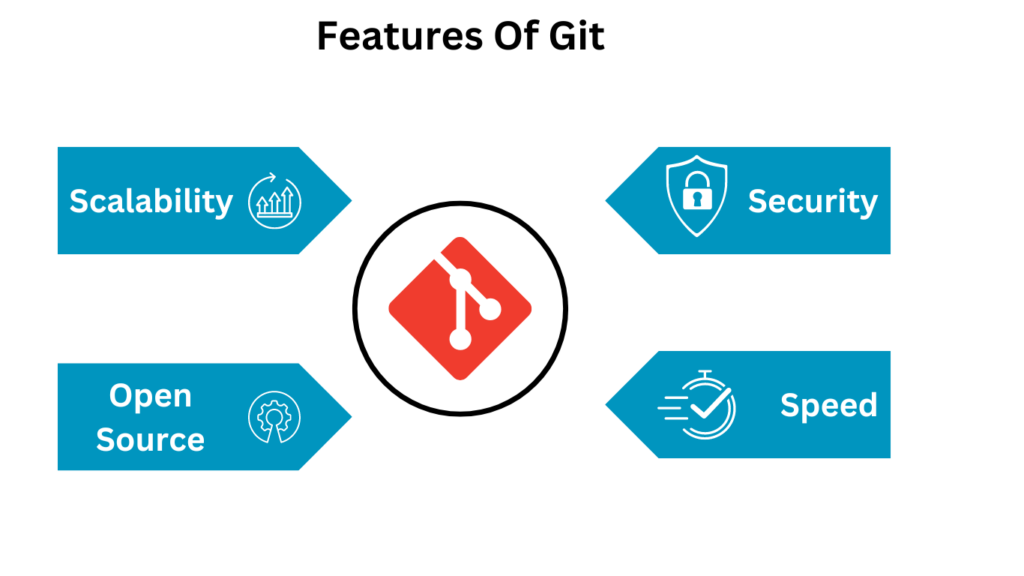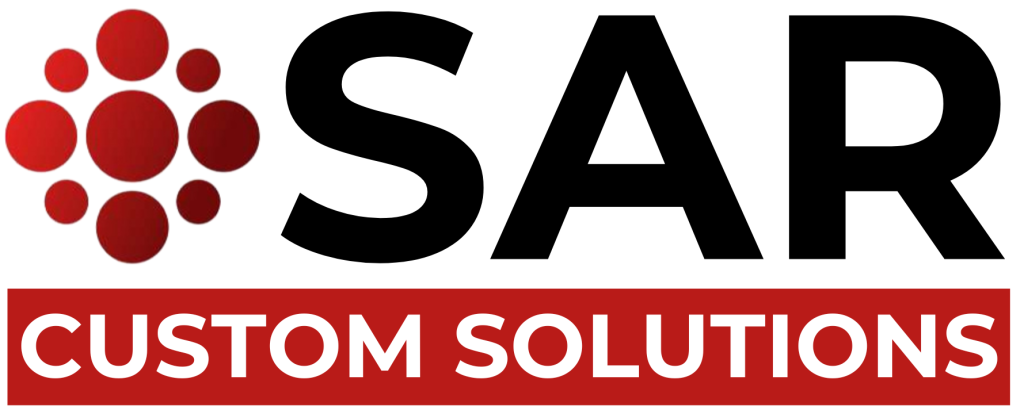Git
Home > Page
What is Git?
Git is a distributed version management gadget that enables more than one builder to collaborate on a venture effectively. Created by means of Linus Torvalds in 2005, Git tracks changes in source code all through software development, facilitating collaboration and ensuring code integrity.
Features of Git
Distributed Architecture:
Unlike centralized model managed structures, Git allows each developer to have a whole record of the venture, making collaboration and offline work seamless.
Branching and Merging:
Git’s powerful branching and merging skills enable builders to experiment with new capabilities and collaborate without affecting the primary codebase.
Speed and Performance:
Git is designed for pace, dealing with large repositories and complicated workflows efficiently.
Data Integrity:
Git uses SHA-1 hashing to make certain the integrity of the facts stored in its repositories

Branch in Git
Branches in Git allow developers to paint specific capabilities or fixes simultaneously. The major department, often called master or principal, is the strong version of the challenge. Developers create new branches to isolate their paintings and merge them returned into the principal branch while prepared.
Commands in Git
git init: Initialize a new Git repository.
Git repute: Check the status of the running directory.
Git log: View devoted history.
Git diff: Compare modifications among commits, branches, or operating listing states.
Git stash: Temporarily store adjustments without committing.
What is the Difference Between Git and GitHub?
Git is a version manipulation system used to manage and track adjustments in supply code. GitHub, alternatively, is a web-based platform that makes use of Git to host and manage repositories, supplying additional functions like pull requests, issue monitoring, and task control gear. GitHub complements Git by offering a collaborative environment for builders to percentage, evaluate, and deploy code.
Understanding Git’s internals and workflow is crucial for maximizing its abilities in version control and collaborative development. By leveraging its powerful capabilities, developers can maintain code integrity, streamline workflows, and enhance crew productivity
Also Read – Java Programming

